Let us start with a function, in this case it is f(x) = x 2, but it could be anything f(x) = x 2 Here are some simple things we can do to move or scale it on the graph We can move it up or down by adding a constant to the yvalue g(x) = x 2 C Note to move the line down, we use a negative value for C C > 0 moves it up;Weekly Subscription $199 USD per week until cancelled Monthly Subscription $699 USD per month until cancelled Annual Subscription $2999 USD per year until cancelledAnswer by Boreal() (Show Source) You can put this solution on YOUR website!
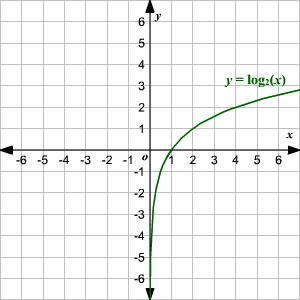
Graphing Logarithmic Functions
Graph the function f(x)=(1/3)^x
Graph the function f(x)=(1/3)^x-Thus, the xaxis is a horizontal asymptote The equation d d x e x = e x {\displaystyle {\tfrac {d}{dx}}e^{x}=e^{x}} means that the slope of the tangent to the graph at each point is equal to its y coordinate at that pointQ5 Graphing a Piecewise Function Graph the function f ( x ) = { 3 x 1 for x≤ 1 − 2 for x > 1 Q6 Graphs of Basic Functions () Match each graph with the name of the function A Constant function B Identity function C Square function D Cube function E Square root function F Reciprocal function G Absolute Value function H Cube




3 4 Graphs Of Polynomial Functions Mathematics Libretexts
The domain is all real numbers less than or equal to 4, and the range is all real numbers such that –3 ≤ x ≤ 1 Explanation If x is 1, f (x) = −3 If x is 2, f (x) = −35 etc Note that f (x) is not defined when x = 0 graph { (1/x)4 10, 10, 5, 5} Answer linkSee the answer Consider the function below f ( x) = ( 1 3/x) x (a) Use a graph to estimate the value of the limit of lim x →∞ f ( x) correct to two decimal places (b) Use a table of values of f ( x) to estimate the limit to four decimal places
F ( x) = 3 x 3 − x 2 By Rational Root Theorem, all rational roots of a polynomial are in the form \frac {p} {q}, where p divides the constant term 2 and q divides the leading coefficient 3 One such root is 1 Factor the polynomial by dividing it by x1 Polynomial 3x^ {2}3x2 is not factored since it does not have any rational rootsIdentify the slope of the line shown in the graph below Graph of a ve Fill in the y values of the ttablePlease help me on this one!!
Answer by graphmatics (170) ( Show Source ) You can put this solution on YOUR website!This problem has been solved!Graph f(x)=(1/3)x Rewrite the function as an equation Rewrite in slopeintercept form Tap for more steps The slopeintercept form is , where is the slope and is the yintercept Reorder terms Use the slopeintercept form to find the slope and yintercept Tap for more steps
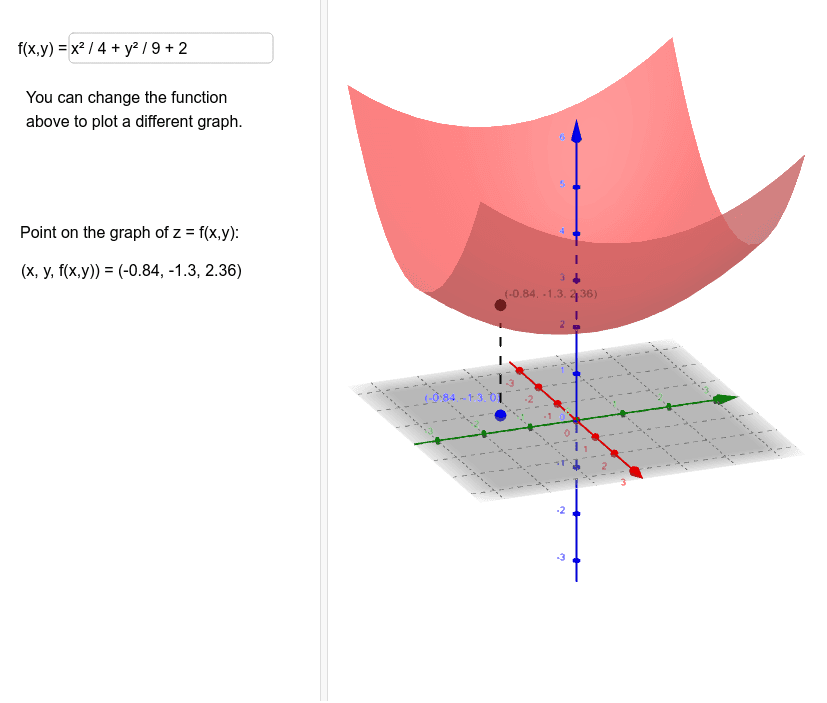



Graph Of Z F X Y Geogebra



1
1) f(x)2 A) ( 8x) 2) 3f(x)B)1 3x 8 3) f(x)C)x8 2 4) f(x ) D) x 2 5) 1 3f(x)E)(x 3) 8 6) f(3x) F) 8x 7) f(x) G)(x2) 8) f(x) H) (3x)8 9) f(x2) I)3x8 10) f(x 3) J) (x2)8 For #11 and #12, suppose g(x)=1 x Match each of the numbered functions on the left with the lettered function on the right that it equals 11) 4g(3x7Graph f(x)=3x1 Rewrite the function as an equation Use the slopeintercept form to find the slope and yintercept Tap for more steps The slopeintercept form is , where is the slope and is the yintercept Find the values of and using the formGraph exponential and log functions




Which Graph Represents The Function F X 1 3 X Brainly Com



Graphing Types Of Functions
Solve your math problems using our free math solver with stepbystep solutions Our math solver supports basic math, prealgebra, algebra, trigonometry, calculus and moreThe vertical asymptote is x = 4 The oblique asymptote is y = 3 x 1 4 No horizontal asymptote Explanation Let f (x) = x − 4 3 x 2 2 x − 5 More Items ShareSuppose that the function f ( x ) = 2x 12 represents the cost to ren Which of the following statements must be true whenever n, a, b, and c Xyz=4 3x2yz=5 2x3yz=15 How do I solve this?




3 4 Graphs Of Polynomial Functions Mathematics Libretexts




2 Consider The Graph Of The Function F X 1 X 1 3 2 Chegg Com
These two numbers are the x and y coordinates, respectively, of a point on the graph on f(x) Since zero and negative exponents can be tricky, I will do a couple of these for you For x = 0 Since any nonzero number to the zero power is one we get f(0) = 1 So we have the point (0, 1) when x = 0 The graph of the function f(x) = –(x 3)(x – 1) is shown below What is true about the domain and range of the function?Solution For Draw the graph of the function f(x)=x^(x) Become a Tutor Blog Cbse Question Bank Pdfs Micro Class Download App Class 12 Math Calculus Curve Tracing 505 150 Draw the graph of the function f (x) = x x 505 150 Connecting you to a




Power Functions F X X N N Is A Natural Number The Graphs Of Some Power Functions Are Given Below N Even N Odd Pdf Free Download




Match The Function With Its Graph 1 F X 4 3 X 2 2 F X 4 3 X 1 2 3 F X 4 3 X 2 1 4 F X 3 X 1 5 F X 3 X 1 6 F X 3 X 1 2 Study Com
see explanation to sketch f(x) = 3^x choose appropriate values for x and substitute them into the function to obtain corresponding value of y Then plot these coordinate points on squared paper f(0) = 3^0 =1 f(1) = 3^1 = 3 f(2) = 3^2 = 9 f(3) = 3^3 = 27 Now you can plot the points (0 ,1 ) , (1 , 3 ) , (2 , 9 ) and (3 , 27 ) There are also negative values of x that can beGraph of the function f(x) = x 4 − 4 x over the interval −2,3 Also shown are the two real roots and the local minimum that are in the interval Definition Given a mapping →, in other words a function together with its domain and codomain , the graph of the mapping is theTap for more steps To find the x x coordinate of the vertex, set the inside of the absolute value x − 1 x 1 equal to 0 0 In this case, x − 1 = 0 x 1 = 0 Add 1 1 to both sides of the equation Replace the variable x x with 1 1 in the expression Simplify ( 1) − 1 − 3 ( 1) 1 3




Which Graph Represents The Function F X X 1 3 Brainly Com
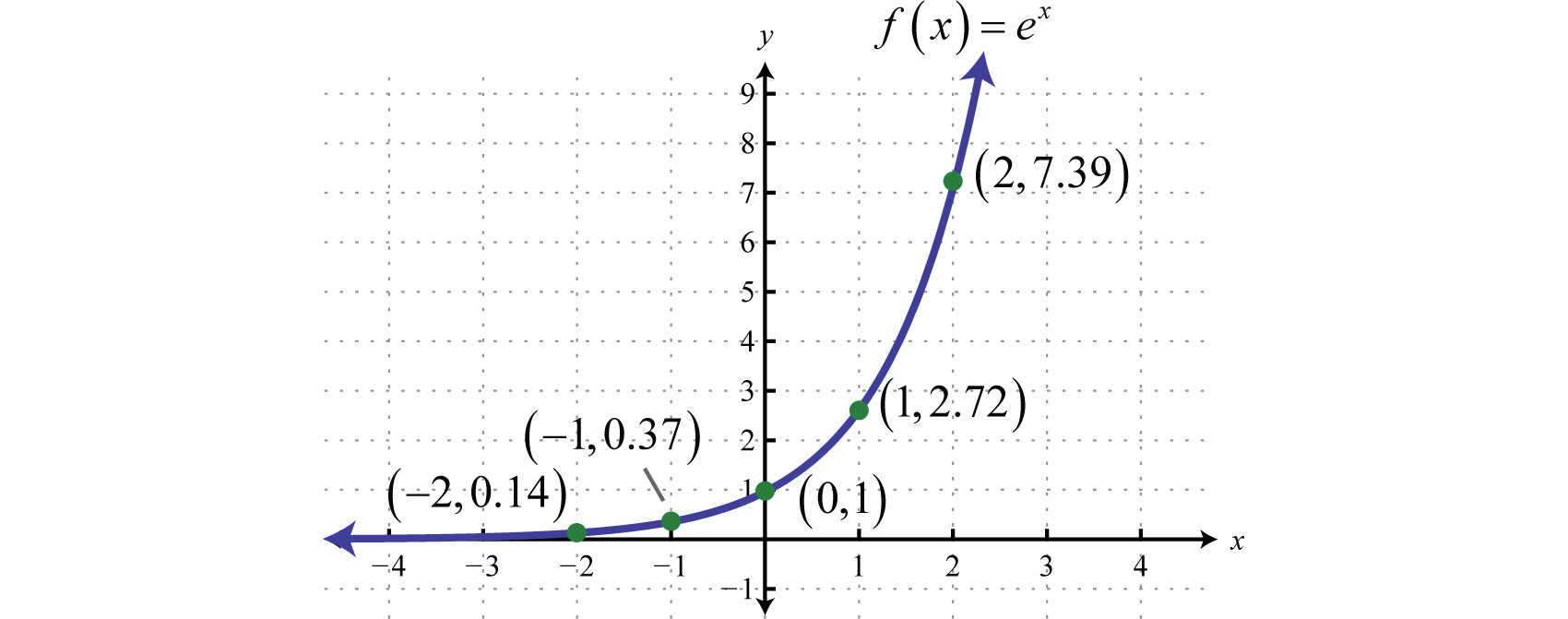



Exponential Functions And Their Graphs
GRAPH OF f(x) = x^3 f(x) = x^3 graph how to draw graph of f(x)=x^3 y = x^3 graphNCERT CLASS 11 MATHS SOLUTIONS ex 23SUBSCRIBE TO MY CHANNEL TO GET MORE UPDASo, the inverse of f(x) = 2x3 is written f1 (y) = (y3)/2 (I also used y instead of x to show that we are using a different value) Back to Where We Started The cool thing about the inverse is that it should give us back the original value When the function f turns the apple into a banana,Graph {eq}f(x) = 3^x 1 {/eq} Graph The graph of an exponential function shows how rapidly the function increases as its input value increases Even for small changes in the input, the function




Suppose F X 1 3 X 2 A Find A Formula For Y Chegg Com
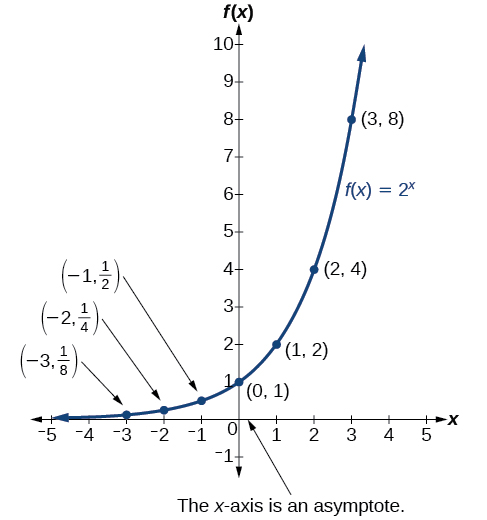



Graphs Of Exponential Functions Algebra And Trigonometry
F x x x x o og x h 3 x Note In part (a), hx can also be written as h x x 3 18 (b) 1 3 63 Right 6 Shrink horizontally by a factor o 6 f f x x g o o xxx h x (c) No, parts (a) and (b) do not yield the same function, since 3 18 3 6xx z Both graphs are shown belowThe graph of h h has transformed f f in two ways f (x 1) f (x 1) is a change on the inside of the function, giving a horizontal shift left by 1, and the subtraction by 3 in f (x 1) − 3 f (x 1) − 3 is a change to the outside of the function, giving a vertical shift down by 3Use opposite sign for horizontal shifts so 3x4



Solution Use A Table Of Values To Graph F X And G X On The Same Set Of Axes Graphs Should Be Neatly Labelled A F X 3 To The Power Of X And G X



Solution F X 1 3 X What Would The Domain And Range Of This Function Be I Am Guessing That There Is One Asymptote Y 1 3 So Only The Range Has A Restriction
Cos(x^2) (x−3)(x3) Zooming and Recentering You can clickanddrag to move the graph around If you just clickandrelease (without moving), then the spot you clicked on will be the new center To reset the zoom to the original click on the Reset button Using "a" ValuesY=f(x) The x is to be multiplied by 1 This makes the translation to be "reflect about the yaxis" while leaving the ycoordinates alone y=1/2 f(x/3) The translation here would be to "multiply every ycoordinate by 1/2 and multiply every xcoordinate by 3" y=2f(x)5 There could beThe graph always lies above the xaxis, but becomes arbitrarily close to it for large negative x;



Search Q X 5e1 3 Graph Tbm Isch
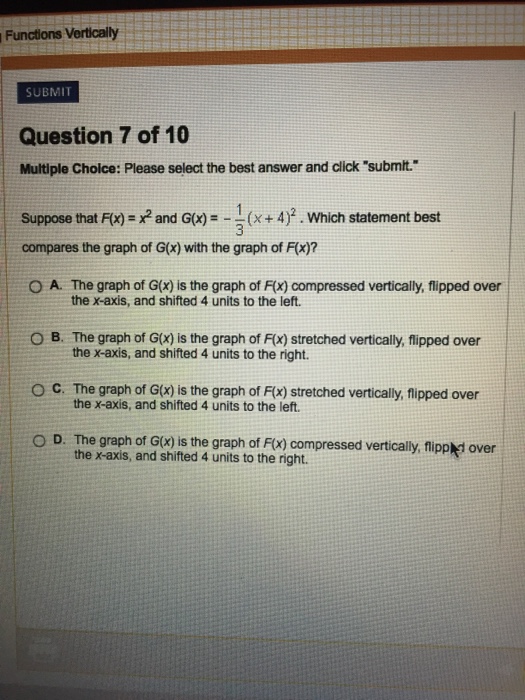



Suppose That F X X 2 And G X 1 3 X 4 2 Which Chegg Com
F(x) = 2 ∀ xWe hope it will be very helpful for you and it will help you to understand the solving process If it's not what You are looking for, type in into the box below your own function and let us find the graph of it The graph of f (x)=1/x3 is a visual presentation of the function in the plane On the given graph you can find all of the important points for function f (x)=1/x3 (if they exist)Graph the function latexf\left(x\right)={x}^{3}6{x}^{2}15x\\/latex to estimate the local extrema of the function Use these to determine the intervals on




Sketch The Graph The Given Function F X 2 X If X Chegg Com



Curve Sketching
The graph of a quadratic function is called a parabola When a > 0, the parabola opens upward, resulting in a vertex that is a minimum When a < 0, the parabola opens downward, resulting in a vertex that is a maximum The value c is the yintercept of the graph, because a yintercept is a point on the graph where x is zeroState its yintercept, domain, and range GraphicalSolution for Use the graph of f(x) = x to write an equation for the function represented by each graph (a) y 3 3 2 1 2 3 y = (b) y 4 2 4 2 2 4 y =



Www Lcps Org Cms Lib Va Centricity Domain 3665 Unit 4 day 7 notes a2 Pdf
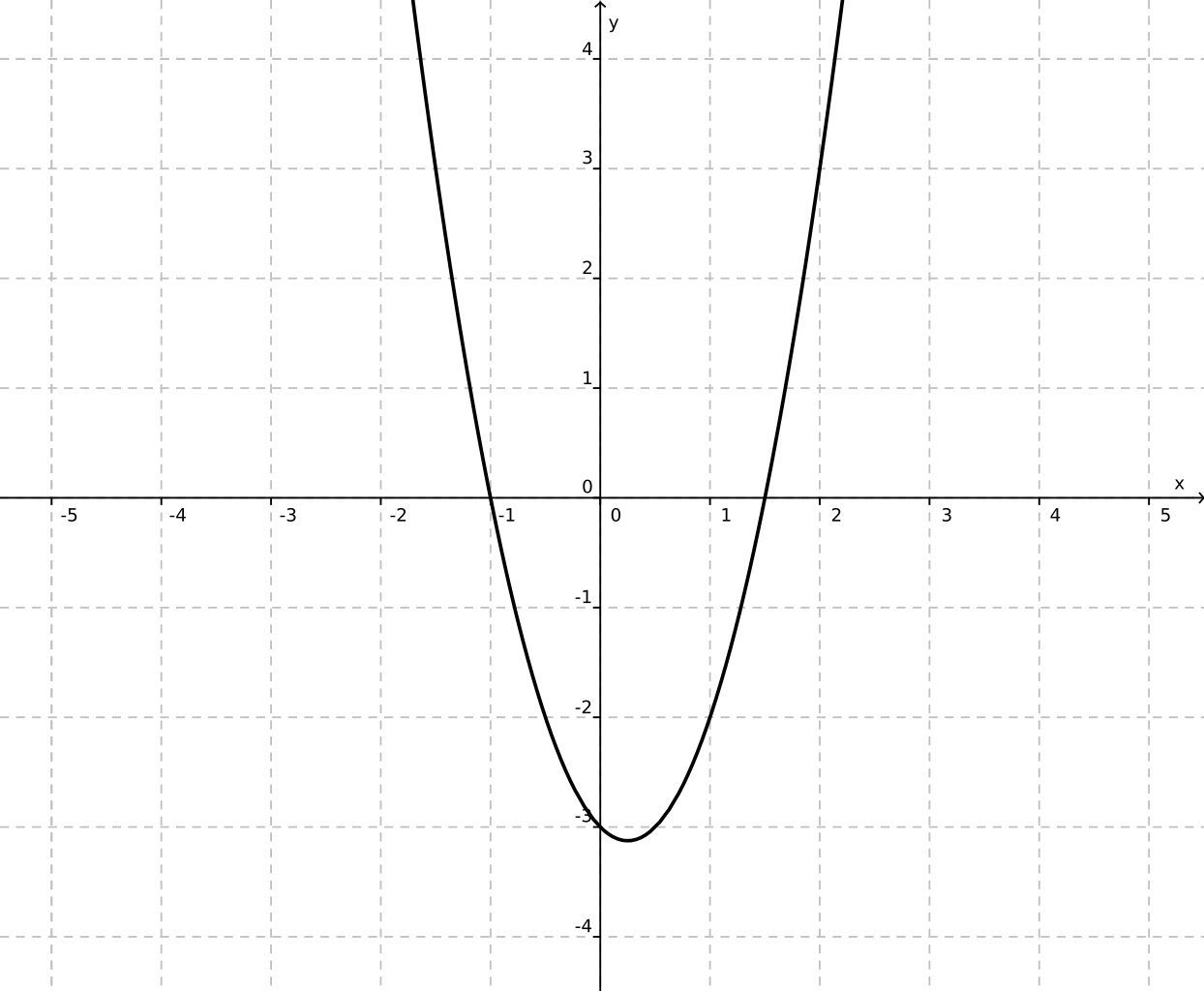



File Graph Of The Function F X X 2 X 3 Svg Wikimedia Commons
Graph f(x)=x^31 Find the point at Tap for more steps Replace the variable with in the expression Simplify the result Tap for more steps Raise to the power of Subtract from The final answer is Convert to decimal Find the point at Tap for more stepsGraph the exponential problem F(x)=3 x Hi Jose, Set up b and extend the table to x F(x) 1 3 1 = 3 2 3 2 = 9 3 3 3 = 271 31 = 1/32 32 = 1/93 33 = 1/27 Also 3 Use the graph of the parent function f(x)=absx but change the slope to of each half of the graph to 2, and shift the vertex right one unit and down three units The parent function of absolute value is f(x)=abs(x) and looks like the graph below Note the vertex is at (0,0) and the slope of the left branch of the graph is 1 while the slope of the right branch is 1 graph{abs(x)




Exponential Functions Ppt Download




Curve Sketching Example Y X 2 3 6 X 1 3 Youtube
Use a graph of f(x) to determine the value of f(n), where n is a specific xvalueTable of Contents0000 Finding the value of f(2) from a graph of f(x)0020 votes 1 answer Draw the graph of constant function R → R;Even a function with a smooth graph is not differentiable at a point where its tangent is vertical For instance, the function given by f(x) = x 1/3 is not differentiable at x = 0 In summary, a function that has a derivative is continuous, but there are continuous functions that do not have a derivative




If F X X3 And G X X 1 3 Which Is The Graph Of G X Brainly Com



How To Graph F X X 3
Experts are tested byPut y for f (x) and get y = (x3)^2 1 y = x^2 6*x 9 1 y = x^2 6*x 10 we plot a group of quadratic equation (x,y) points for a group of x say {0, 1,1,2,2,3,3} if x=0 then y = x^2 6*0 10 so y=10 and (0,10) is a solution point for theIn this math video lesson I review how to graph the exponential equation y=2^x by making a table The table helps when graphing these types of equations #e




How To Graph Parent Functions Dummies




Sketch The Graph Of F X X X 1 Frac 1 3 Study Com
Steps Using Derivative Rule for Sum f ( x ) = 3 x ^ { 2 } 1 f ( x) = 3 x 2 1 The derivative of a polynomial is the sum of the derivatives of its terms The derivative of a constant term is 0 The derivative of ax^ {n} is nax^ {n1} The derivative of a polynomial is the sum ofThe graph of f x =1 2 (1 4) x2 4 f x =1 2 (1 4) x2 4 is shifted downward 4 4 units, and then shifted left 2 2 units, stretched vertically by a factor of 4, 4, and reflected about the xaxis What is the equation of the new function, g (x)? Draw the graph of the function f(x) { x / x 0, x ≠ 0 x = 0 Also, find its range asked Feb 9 in Sets, Relations and Functions by Ekaa (268k points) relations and functions;




Sketching The Graph Of 1 F X Additional A Level Maths Youtube
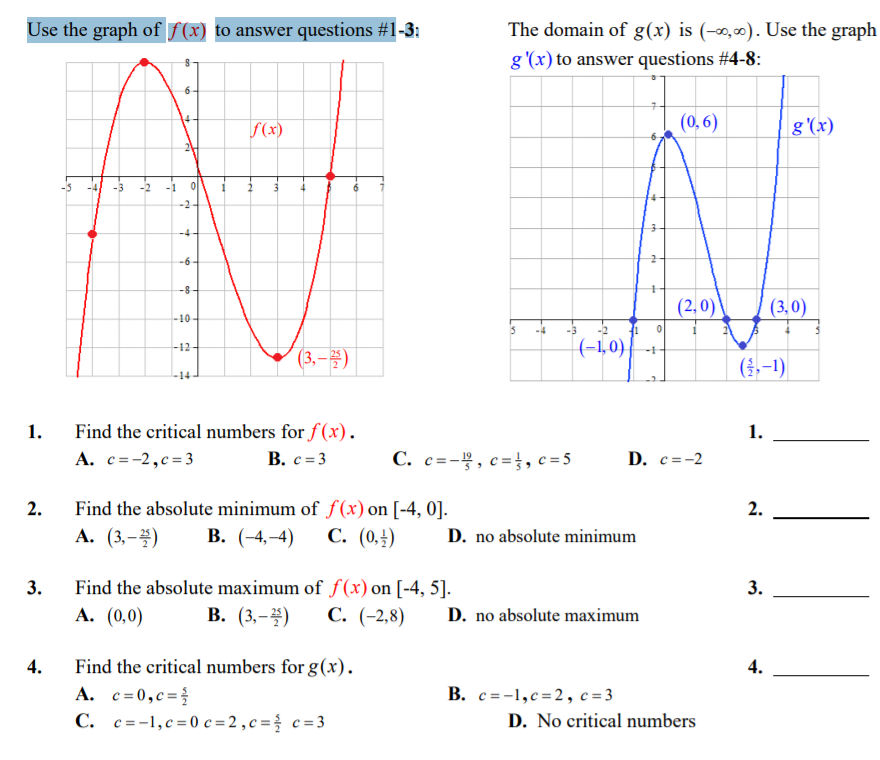



Use The Graph Of F X To Answer Questions 1 3 The Chegg Com
Graph f (x)=1 f (x) = 1 f ( x) = 1 Rewrite the function as an equation y = 1 y = 1 Use the slopeintercept form to find the slope and yintercept Tap for more steps The slopeintercept form is y = m x b y = m x b, where m m is the slope and b b is the yintercept y = m x b y = m x b Find the values of m m and b b using the Figure 251 Now plot the points and compare the graphs of the functions g and h to the basic graph of f(x) = x2, which is shown using a dashed grey curve below Figure 252 The function g shifts the basic graph down 3 units and the function h shifts the basic graph up 3 unitsC < 0 moves it down




Section 2 3 Polynomial Functions And Their Graphs




Lesson 3 1 Page 376 Exponential Functions Objective To Graph Exponentials Equations And Functions And Solve Applied Problems Involving Exponential Functions Ppt Download
Sketch the graph of the function f (x) = 3 x if x < −1 x2 if −1 ≤ x < 1 2 − x if x ≥ 1 Use the graph to determine the values of a for which lim x → a f (x) does not exist (Enter your answers as a commaseparated list) a = Who are the experts?Question Let f(x)= 3x If g(x)is the graph of f(x) shifted right 4 units, write a formula for g(x) g(x)= ?Short Solution Steps f ( x ) = x ( 1 \frac { 4 } { x 3 } ) f ( x) = x ( 1 − x 3 4 ) To add or subtract expressions, expand them to make their denominators the same Multiply 1 times \frac {x3} {x3} To add or subtract expressions, expand them to make their denominators the same




Which Graph Represents The Function F X 1 3 X Please Help I Might Fail Brainly Com




Consider The Exponential Function F X 3 1 3 X And Its Graph Which Statements Are True For This Brainly Com




3 Evaluate And Graph Exponential Functions Mathematics Libretexts
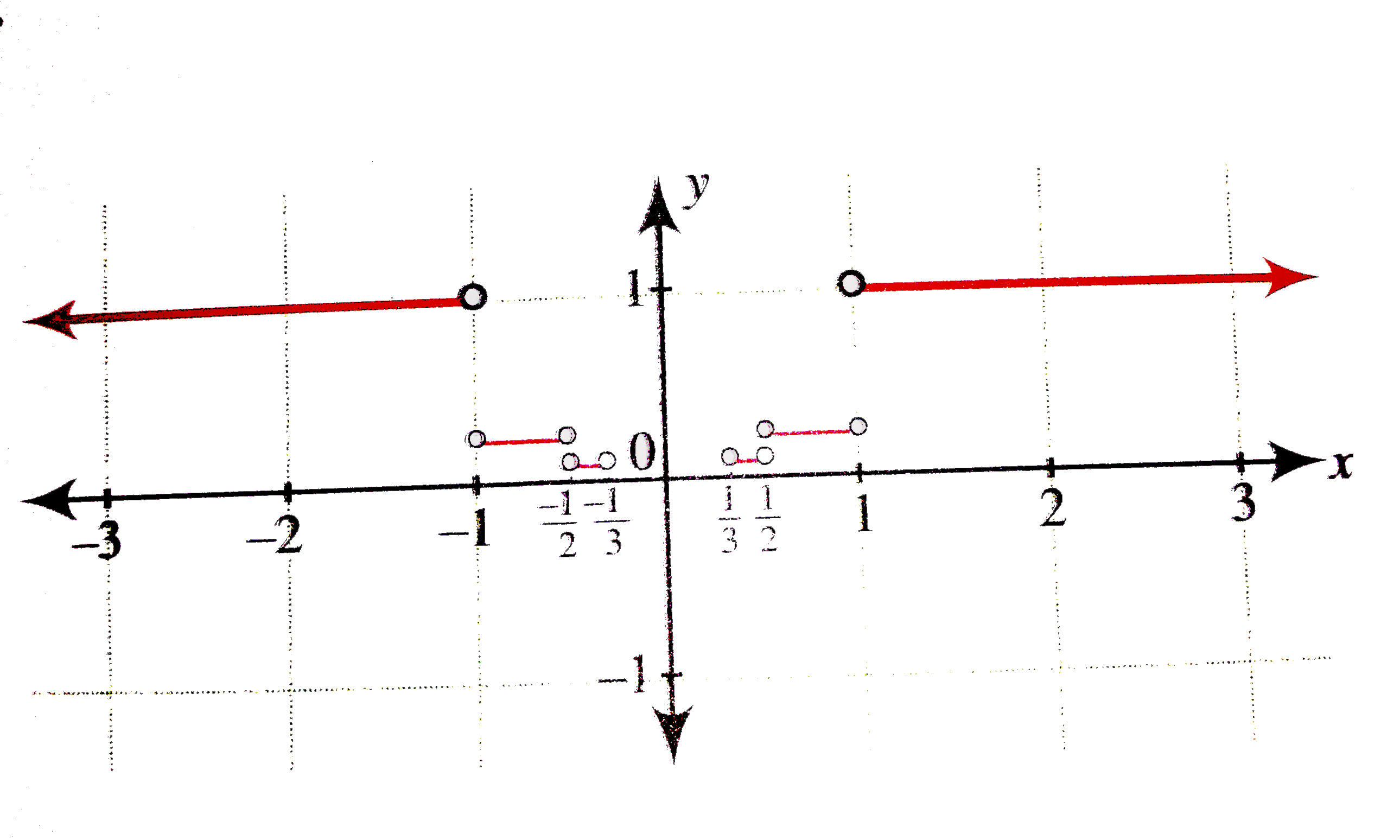



A Draw The Graph Of F X 1 X Ge 1 1 N 2 1 N Lt X Lt 1 N 1 N 2 3 0 X 0 B Sketch The Region Y Le 1 C Sketch The Region



Curve Sketching



Modulus Function




How Do You Graph F X 2abs X 1 3 Socratic




Step 4 Sketch The Graph Of F 5 4 14 F X X 4 X Manualzz




37 Representation Of The Function F X Y 1 3 X Y Z 1 X 1 Y Download Scientific Diagram




Without Plotting Any Points Other Than Intercepts Draw A Possible Graph Of The Following Polynomial Brainly Com
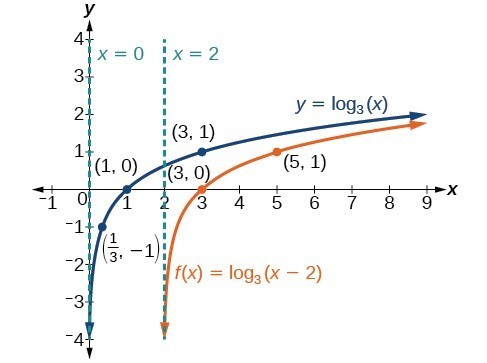



Graphing Transformations Of Logarithmic Functions College Algebra




How Do You Sketch The Graph F X X 3 1 Socratic



Solution Please Help Graph The Function Quot F X Quot System Matrix 1 3 X If X Gt 2 Matrix 1 3 X 4 If X Lt 2



How Do You Find The Domain And Range Of T 1 3 Socratic
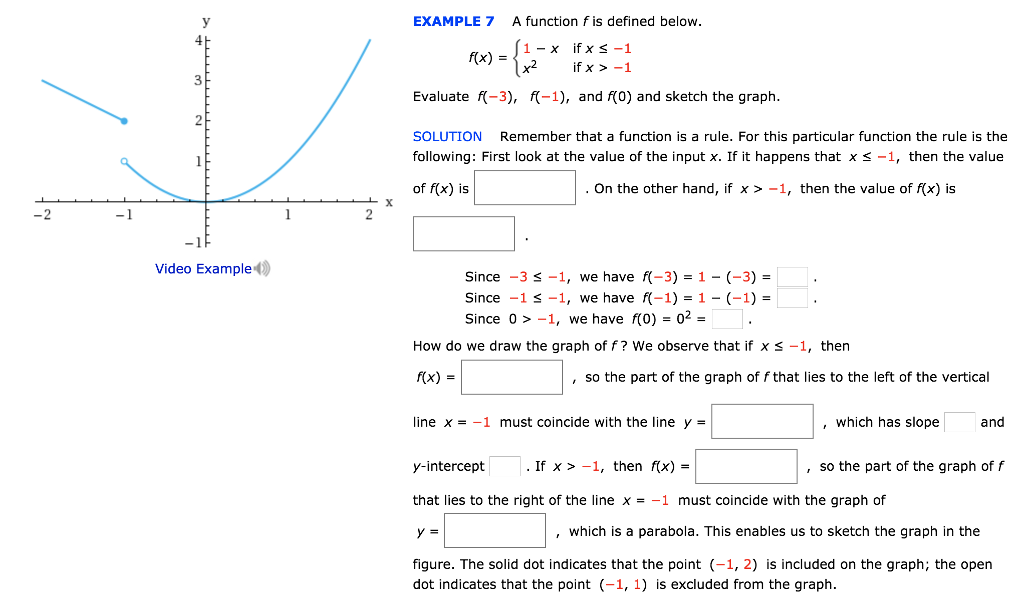



Example 7 A Function F Is Defined Beloww 1 X If X Chegg Com




Below Is The Graph Of F X Ln X How Would You Chegg Com
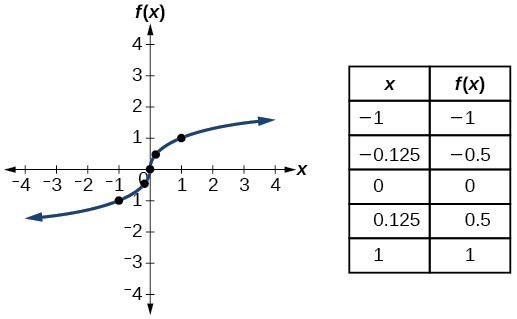



Characteristics Of Functions And Their Graphs College Algebra
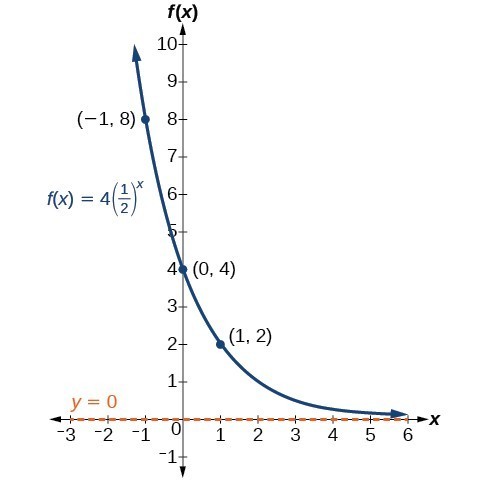



Graph Exponential Functions Using Transformations Math 1314 College Algebra




Chapter 6 Exponential And Logarithmic Functions And Applications Section Ppt Download



Math Scene Equations Iii Lesson 3 Quadratic Equations



Graphing Types Of Functions



Solution If F X 1 3 X And A Lt B Which Of The Following Must Be True A F A F B 3 B F A 1 3 F B C F A F B



Trigonometry Graphing Trigonometric Functions



Http Media Collegeboard Com Digitalservices Pdf Ap Apcentral Ap15 Calculus Ab Q5 Pdf




Let F X 0 If X 3 2 If 3 Lessthanorequalto X Chegg Com




Skills In Txercises 1 4 Match The Quadratie Chegg Com
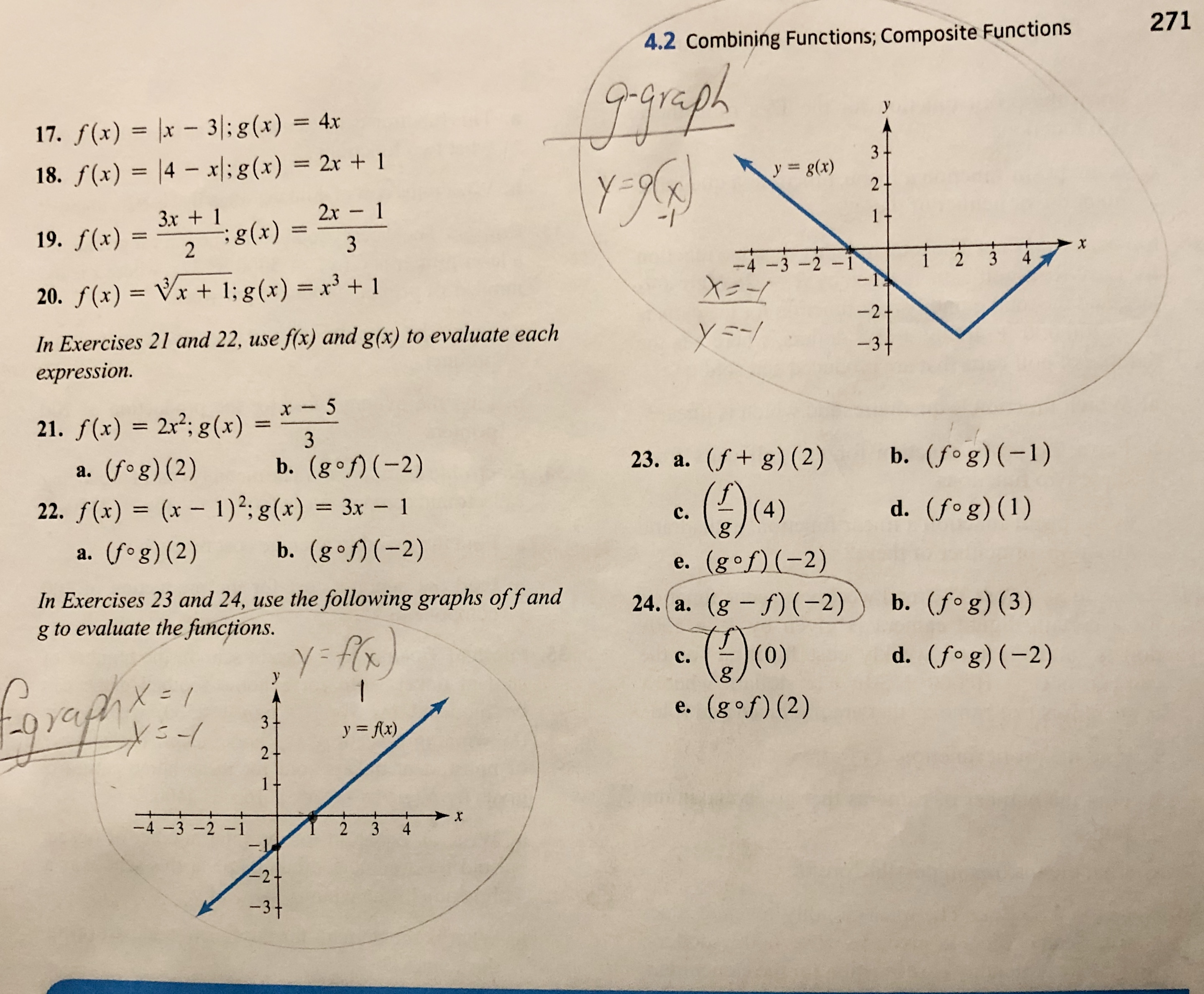



Answered 271 4 2 Combining Functions Composite Bartleby
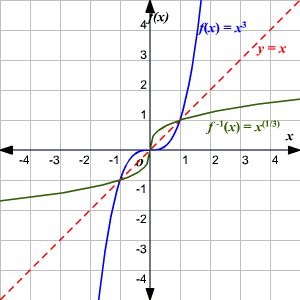



One To One Functions




Which Graph Represents Function F F X 1 3 X Brainly Com



Solution Hello I Need Help With The Following Problem Sketch The Graph Of F X X 1 3 X 2 2 X 3 What Is The Behavior Of F Near Each Zero What Is The End Behavior Of F Itself
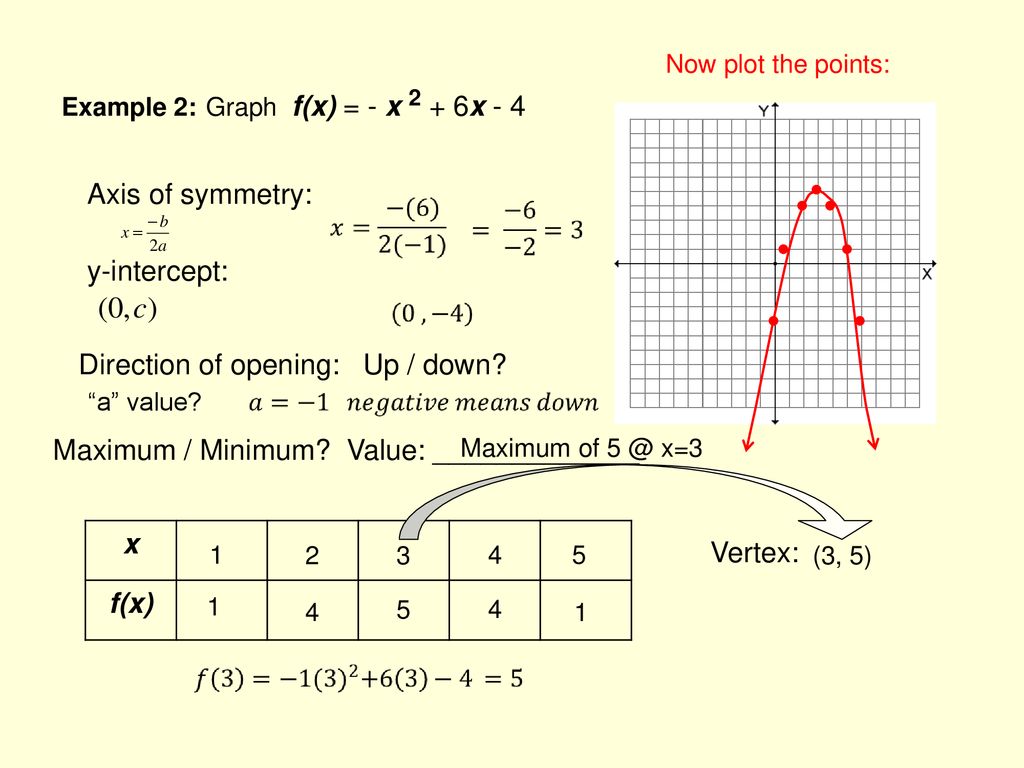



Quadratic Functions Graphing Ppt Download




Solutions College Algebra




Suppose F X X 2 And G X 1 3x 2 Which Statement Best Compares The Graph Of G X With The Graph Of Brainly Com




How Would You Graph F X If F X X 2 1 X 2 4 2 X 1 3x 1 1 X 3 X 2 1 X 1 How Would You Evaluate The Function At The Indicated Points F 3 F 2 F 5 F 3 Socratic



1



Http Www Mpsaz Org Rmhs Staff Lxcoleman Trig Test Practice Files Review Chapter 3 Notes Solutions Pdf




The Graph Of F X Shown Below Has The Same Shape As Chegg Com
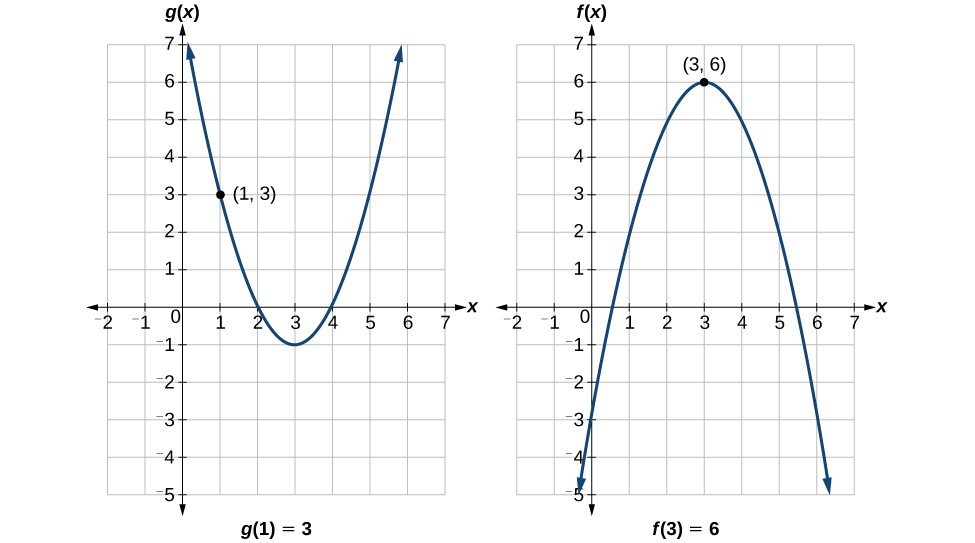



Evaluate Composite Functions College Algebra



Assignment 6 Solutions



In Exercises 9 14 Match The Polynomial Function With Its Graph The Graphs Are Labeled A B C D E And F F X 1 3 X 3 X 2 4 3 Bartleby




Find The Arc Length Of The Graph Of F X 1 12 X 3 Chegg Com




Lesson 1 1 Pages 5 11 State The Domain And Range Of Each Relation Then State Whether The Relation Is A Function Write Yes Or No Pdf Free Download




Ex 2 Sketch A Graph Given Information About A Function S First Derivative Youtube



Curve Sketching



Content Finding Domains And Ranges




Graphing Logarithmic Functions
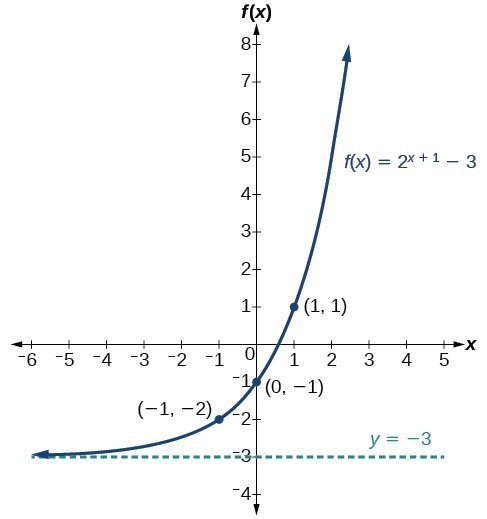



Graph Exponential Functions Using Transformations College Algebra




Example 14 Draw Graph Of F X X 3 Chapter 2 Class 11




How Do You Find The Inverse Of F X X 3 X 2 And Graph Both F And F 1 Socratic



Www Math Utah Edu Wortman 1050 Text If Pdf



Solving Equations Graphically



1




What Is The Equation Of The Function Shown In The Graph Given That The Equation Of The Parent Brainly Com
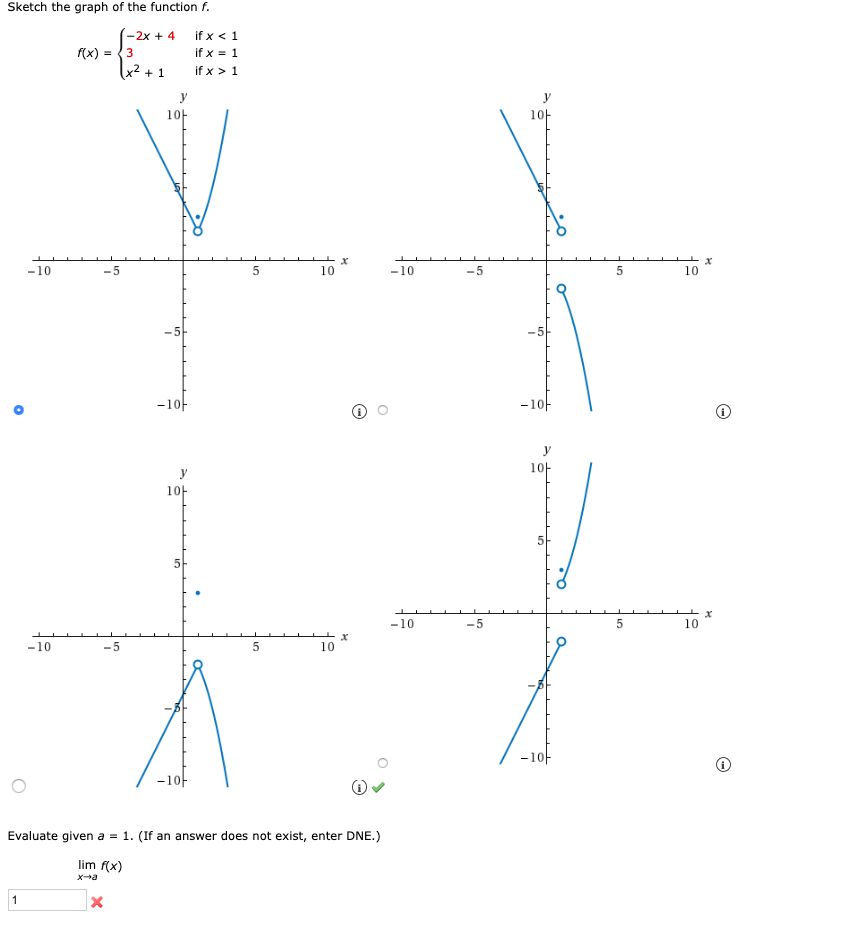



Answered Sketch The Graph Of The Function F Bartleby



Solution Find The Inverse Of The Function F X X 1 3 2 I Am So Confused Can Someone Please Help Me Fr A X 2 3 B X 1 3 2 C Y 2 3 D Doesn 39 T Exist




Graph F X 1 3 X And G X Log 1 3x In The Same Chegg Com




The Diagram Below Shows The Graph Of Fx 1 X 3 1 Gauthmath




Use The Graph Of F X And G X To Evaluate F G 1 Mathematics Stack Exchange
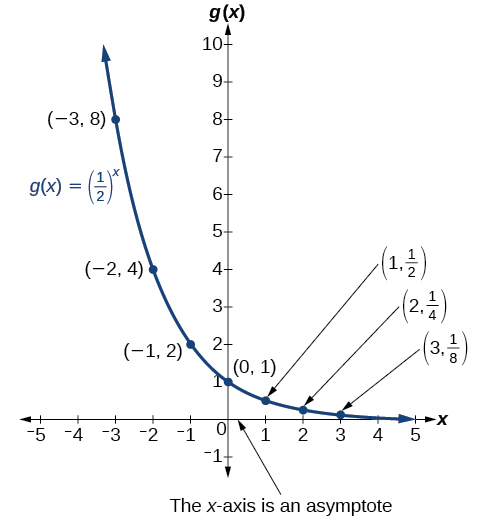



Graphs Of Exponential Functions Algebra And Trigonometry




How To Graph An Exponential Function F X 1 3 X Youtube




How Is The Graph Of Y 1 3x 2 4 Related To The Graph Of F X X 2 Socratic
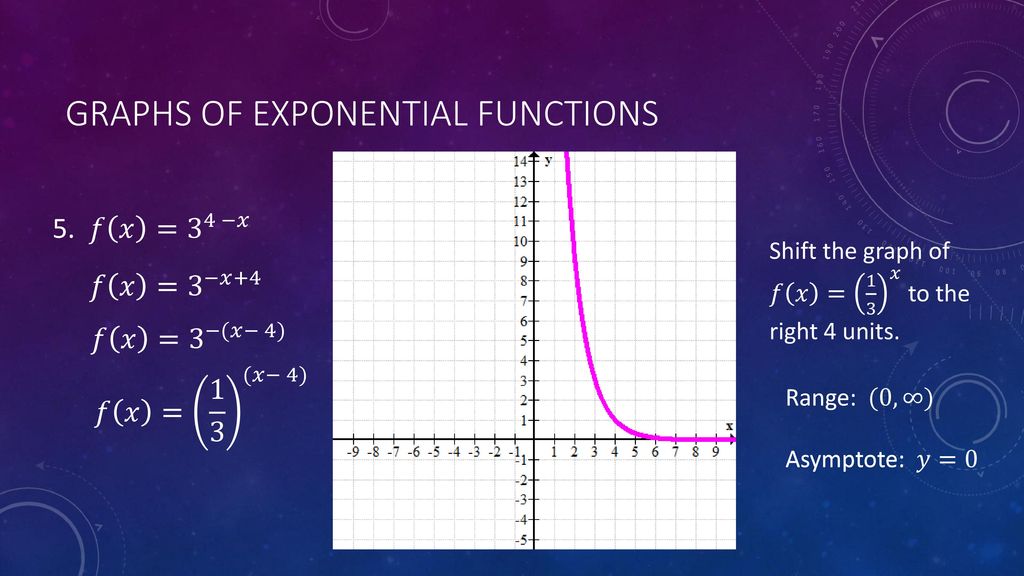



Section 6 2 Graphs Of Exponential Functions Ppt Download




Confidential 1 Transforming Quadratic Functions Confidential 2 Warm Up Graph Each Quadratic Function 1 Y 2x Y X 2 2x 2 3 Y 3x Ppt Download




Use The Graph Of Y 3 And Transformations To Sketch Chegg Com




Differentiable




The Functions F X 2x 2 And G X 1 3 X 1 Are Shown In The Graph What Are The Solutions To Brainly Com




Practice Exam 3 Be Aware That The Following Problems Are Not




Graph F X 2 If X 1 3 If 1 X 4 2 If X 4 Chegg Com
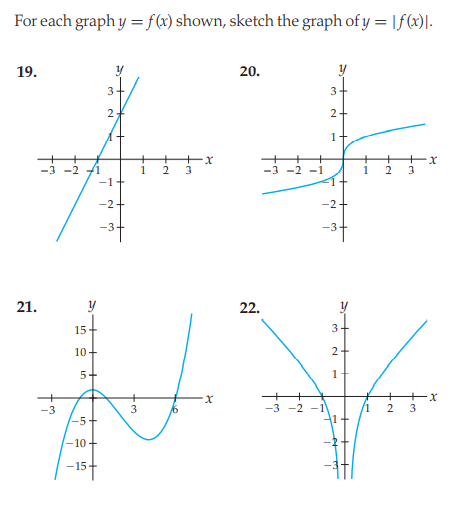



Answered For Each Graph Y F X Shown Sketch Bartleby
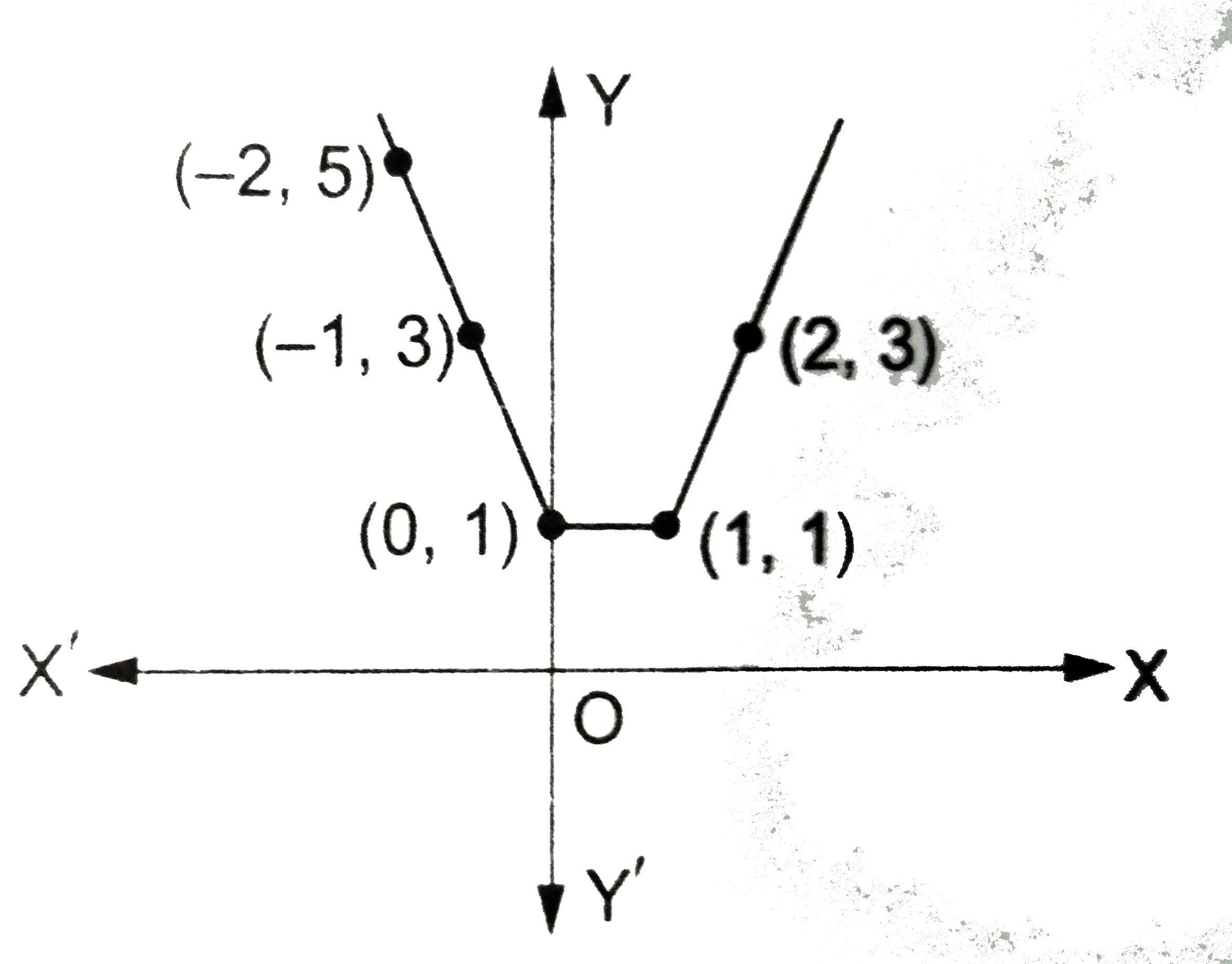



Draw The Graph Of The Function F X X X 1




1 G X X G X X 2 2 3 G X 2 0 2x 4 G X 2 X 2 5 G X 2 2 X 2 2 Algebra Ii Ppt Download




Transformations Of The 1 X Function Video Lesson Transcript Study Com
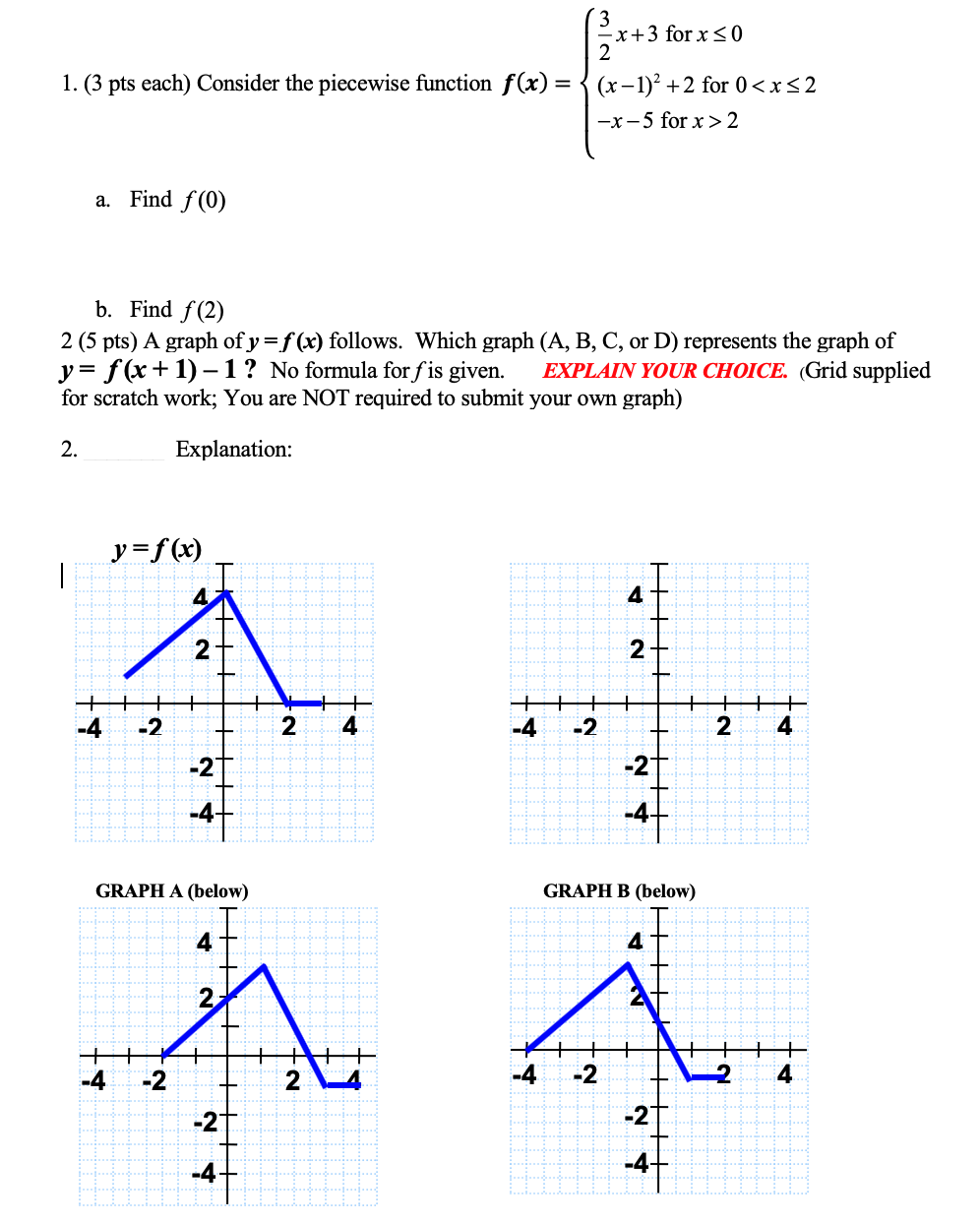



X 3 For X 0 1 3 Pts Each Consider The Piecewise Chegg Com




Graph A Rational Function



0 件のコメント:
コメントを投稿